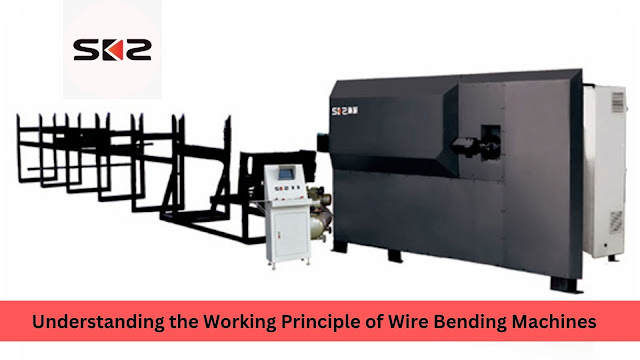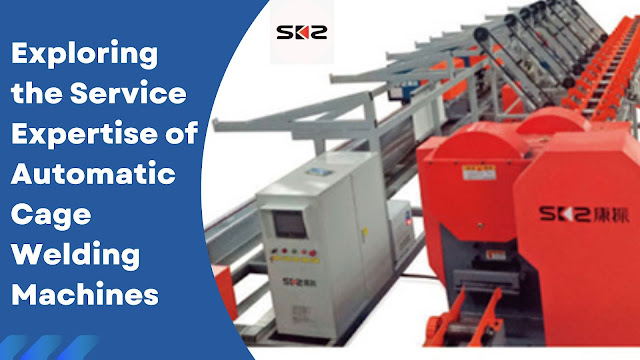Understanding the Working Principle of Wire Bending Machines
In the world of modern manufacturing and automation, wire bending machines play a pivotal role in shaping various industries. These machines are designed to manipulate wires into intricate and precise shapes, catering to a wide range of applications across sectors such as automotive, electronics, medical devices, and more.
This article delves into the inner workings of wire bending machines, shedding light on their fundamental principles and the technologies that enable their remarkable capabilities.
Introduction to Wire Bending Machines
Wire bending machines are automated devices crafted to bend metal wires into desired shapes with a high degree of accuracy and repeatability. The complexity of wire forms produced by these machines can range from simple curves to intricate geometries, depending on the specific requirements of the industry. These machines have revolutionized various manufacturing processes, making them faster, more efficient, and capable of producing consistent results.
The Working Principle
The fundamental working principle of a wire bending machine involves precise control of the wire's movement and manipulation through a combination of mechanical, electronic, and software-driven mechanisms. Here's an overview of the key steps involved in the wire bending process,
1. Wire Feeding:
The process begins with feeding a straight wire coil into the machine. The wire is typically made of materials like steel, aluminum, or copper and comes in various diameters. The feeding mechanism ensures a steady and controlled supply of wire to the bending unit.
2. Wire Straightening:
Before bending, the wire often undergoes a straightening process to ensure its uniformity and minimize inconsistencies. This step is crucial to achieve accurate and precise bends in the final product.
3. Bending Unit:
The heart of the wire bending machine is the bending unit, which consists of various components like rollers, servomotors, and tooling. The servomotors provide the necessary motion and force to bend the wire according to the programmed specifications.
4. Programming:
Modern wire bending machines are equipped with advanced software interfaces that allow operators to program the desired wire shapes and angles. The software generates precise instructions for the machine's movements, dictating the bends and twists required for the final product.
5. Bending Process:
As per the programmed instructions, the bending unit moves the wire in a controlled manner. The wire is guided through various tooling elements, such as rollers and clamps, which determine the shape of the bend. The combination of these tooling components and the coordinated movement of the servomotors results in the accurate formation of the wire.
6. Quality Control:
During and after the bending process, the machine may incorporate sensors and measurement devices to ensure that the wire conforms to the desired specifications. This quality control step helps identify any deviations and ensures the end product meets the required standards.
7. Cutting and Ejection:
Once the wire has been successfully shaped, the machine may include mechanisms for cutting the wire to the desired length and ejecting the finished component. This step prepares the formed wire for further processing or assembly in the manufacturing process.
Applications of Wire Bending Machines
Wire bending machines find applications in various industries:
1. Automotive: Used to create wire forms for seat frames, springs, exhaust systems, and more.
2. Electronics: Produces intricate wire connections for circuit boards, connectors, and cable assemblies.
3. Medical Devices: Manufactures components like surgical instruments, orthopedic implants, and medical device assemblies.
4. Furniture: Shapes wire for chair frames, mattress springs, and other furniture components.
5. Aerospace: Creates wire forms for aircraft interiors, control systems, and structural components.
6. Construction: Used for producing reinforcement grids, fences, and structural elements.
Conclusion
Wire bending machines have significantly transformed manufacturing processes by enabling the accurate and efficient shaping of wires into complex forms. Their integration of advanced technologies such as servo motors, CNC control, and sensor systems has paved the way for enhanced precision and consistency in various industries. As these technologies continue to advance, wire bending machines are likely to become even more versatile, offering manufacturers the ability to create increasingly intricate and innovative wire products.
For more details on Wire Bending Machines you can visit our website www.skzmachinery.com




Comments
Post a Comment